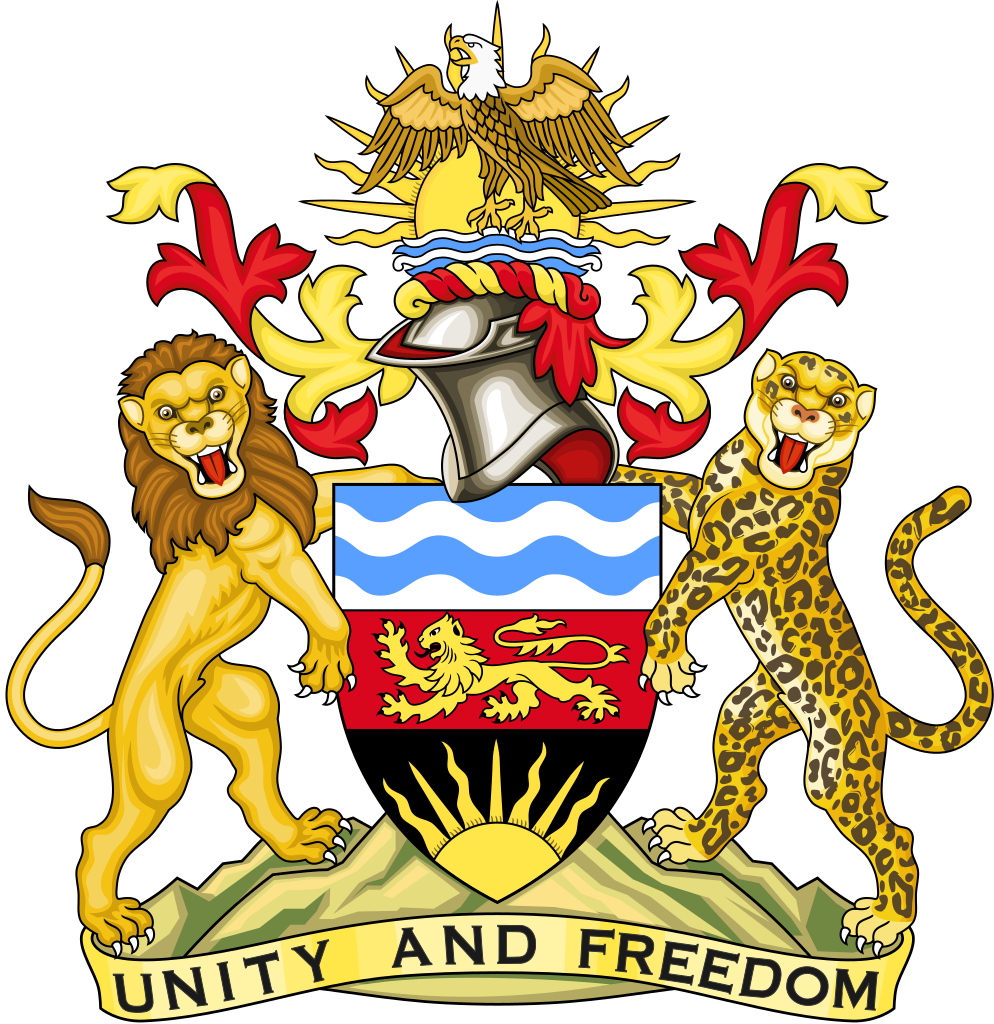Exploring Malawi Culture
Meet the People
The Malawian people are, without doubt, its greatest asset: friendly and welcoming to a fault. Every visitor is met with a smile and the warmth of the welcome is genuine and long-lasting. With a population of a little more than 14 million, Malawi is one of the more densely peopled countries of this part of Africa. Most of the population is rural, living largely in fascinating traditional villages. Many of today’s Malawians are descendants of the Bantu people who moved across Africa and into Malawi for hundreds of years up to the fifteenth century.
Malawi Impression
This great video explores some of Malawi’s beautiful scenery as well as it’s especially warm-hearted people. The video is provided courtesy of Credit Suisse, who make an annual donation of US$1 million to the Roger Federer Foundation (RFF) with whom they are in partnership in developing a dynamic early childhood education initiative in Malawi. To know more please visit http://www.malawitourism.com
Next Step
Know More About Malawi
Malawi prides itself with a mosaic of unique culture practices and norms. The main traditional dances and rituals as well as arts and crafts found among the people act as an identifying factor for the many but united ethnic groups of the country. The dances of Malawi, for instance, have deeper meaning than what appears on the surface and, accordingly, efforts have been made to keep these intact as part of Malawi’s cultural heritage and for posterity. As a way of achieving the goal of retaining the country’s traditional values, the Museum of Malawi conducts a series of cultural activities in schools and public places so that those who do not have contact with village life can benefit from facilities offered by the organization.
Tribes
There is a rich cultural mix in Malawi with the Chewa being the most numerous tribe. Others include the Yao, Tumbuka, Lomwe, Nyanja, Sena, Nkhonde, Ngoni, Mang’anja, Lambya, Sukwa and others.
In the north the Tumbuka are prominent. Each tribe has contributed to the modern Malawi scene, whether it be in dress or dance or language.
Masks are commonly used in various dances and ceremonies and these are usually tribe-specific, the best known being the Gule Wamkulu, performed by the Nyau of the Chewa. Traditional (African) doctors still attract many people and the two main ‘modern’ religions, Christianity and Islam, frequently exhibit a continuing adherence to traditional beliefs.
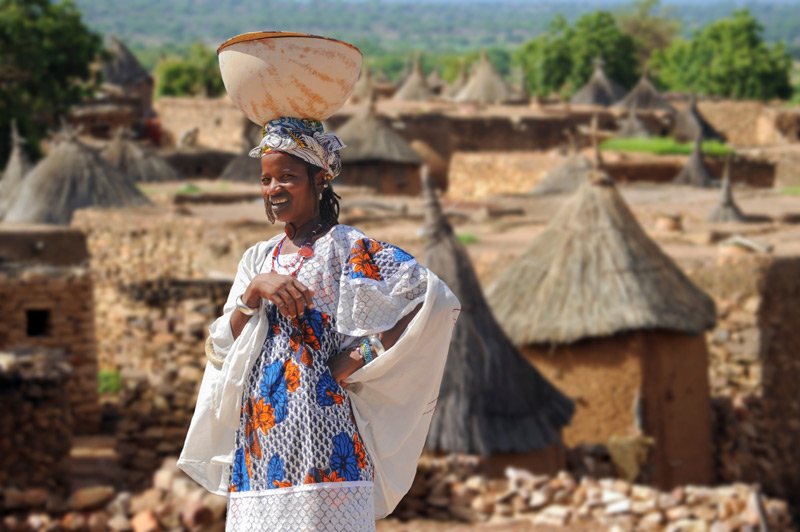
Religion
Christianity was first introduced to Malawians by David Livingstone and other missionaries who worked along the lakeshore in the late 1800’s and holds the largest number of followers. Christianity spread rapidly under British colonialism despite an initially hostile welcome. Now most villages have a mission or an extension of some Christian sect. Services are in the local language in all areas and areas with large populations of whites/expatriates may offer services in English but increasingly services in urban areas are conducted in both English and Chichewa.
The second most prominent religion in Malawi is Islam—Muslims make up 13-20% of the population. Islam was introduced by Arab slave traders who traveled largely by boat. They reached Malawi via Lake Malawi in the early 1800’s, and converted tribes along the lakeshore. The people of the Yao tribe along the Central and southern lakeshore are most strongly associated with Islam. Almost every village in the areas of Balaka, Machinga, Mangochi, Salima, and Nkhota Kota have a mosque.
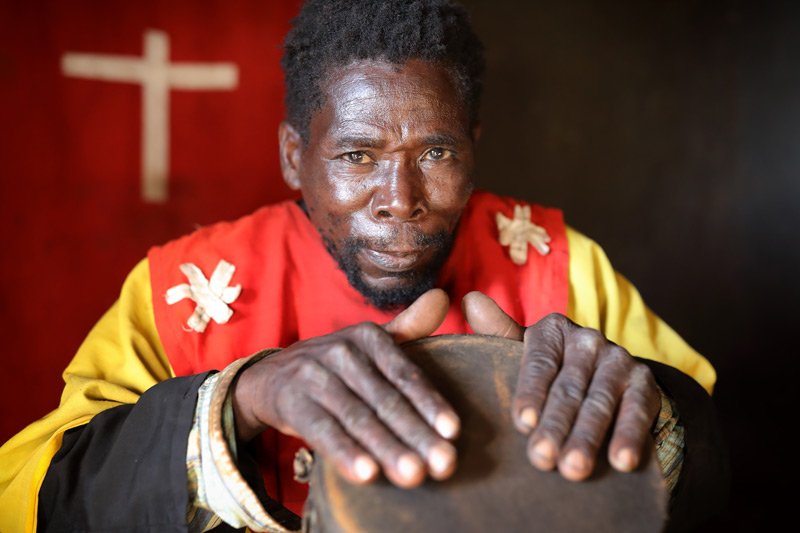
Dances
Perhaps the oldest form of music and dance in Malawi comes from the Gule Wamkulu religion. Gule Wamkulu literally translated “the big dance” is both a secret cult and ritual dance practiced among the Chewa people living in Malawi, Zambia, and Mozambique. It is performed by members of the Nyau brotherhood, which is a secret society of initiated Chewa men. The Nyau at some time believed that they could communicate with the world of the dead or spirits; this act was called ‘pemphero lalikulu’. Within the Chewa’s traditional matrilineal society, husbands played a rather marginal role so that the Nyau offered a means to establish some kind of counterweight and solidarity among men of various villages. Nyau members are responsible for the initiation of young men into adulthood, and the performance of the Gule Wamkulu at the end of the initiation procedure to celebrate the young men’s integration into adult society. There are over 150 Gule Wamkulu characters, each with a specific story and purpose.
Gule Wamkulu is performed in the season following the harvest in July, accompanying initiation ceremonies but also weddings, funerals, and the installation or the death of a chief. On this occasion, the Nyau dancers wear costumes and masks made of wood and straw, representing a great variety of characters, such as wild animals, spirits of the dead, slave traders, British colonialists, white missionaries as well as more recent figures such as the honda or the helicopter.
Each of these figures plays a particular character representing certain forms of misbehavior in order to teach moral and social values to the audience. These figures perform dances and artistic movements with extraordinary energy, partly entertaining and partly scaring the audience as representatives of the world of the spirits and the dead. Mask carvers may either be professional or occasional artisans.
There is evidence that Gule Wamkulu existed during the great Chewa Empire of the 17th century. Despite the efforts of Christian missionaries to ban this practice in Chewa communities, it managed to survive under British colonial rule by adopting some aspects of Christianity. Nowadays, even if the matrilineal system has lost its social significance, Nyau societies, and with it Gule Wamkulu, are still very much alive and Chewa men tend to be both members of a Christian church and a Nyau society.
Another popular form of dance practiced in the villages is Chitelela. Chitelela is mostly performed for entertainment on full-moon nights by young girls, but also is used as a form of inter-village competition. Teams of girls travel to neighboring villages to see which village has more talented dancers. Unlike Gule Wamkulu, which is mostly performed to percussion accompaniment, Chitelela involves call-and-response songs and syncopated hand clapping performed by the dancers. Dances might call for participants to perform various movements in unison, or center around a pair or individual performing in the center.
All text content credit goes to following official websites:
http://www.malawitourism.com
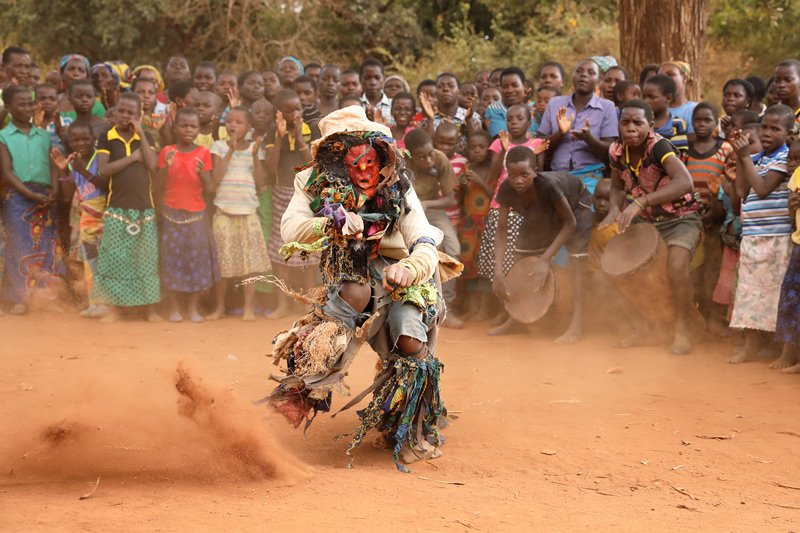
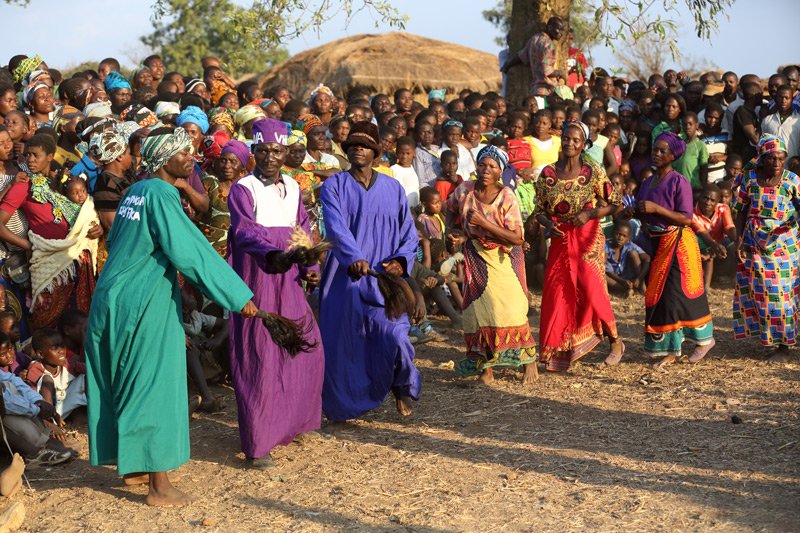
Office
Block 5, St. 512 – Villa 34, Al Shuhadaa – Kuwait
CALL US
(+965) 2523 5416
EMAIL US
malakuwait@gmail.com
